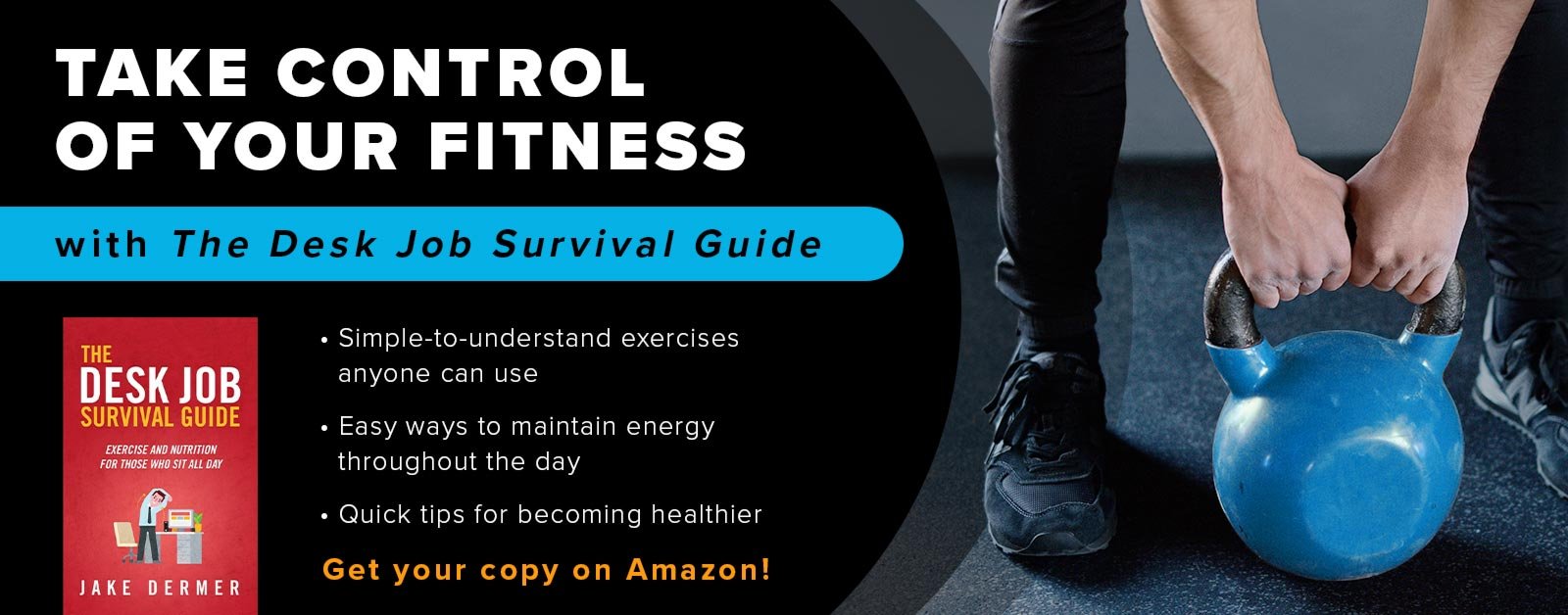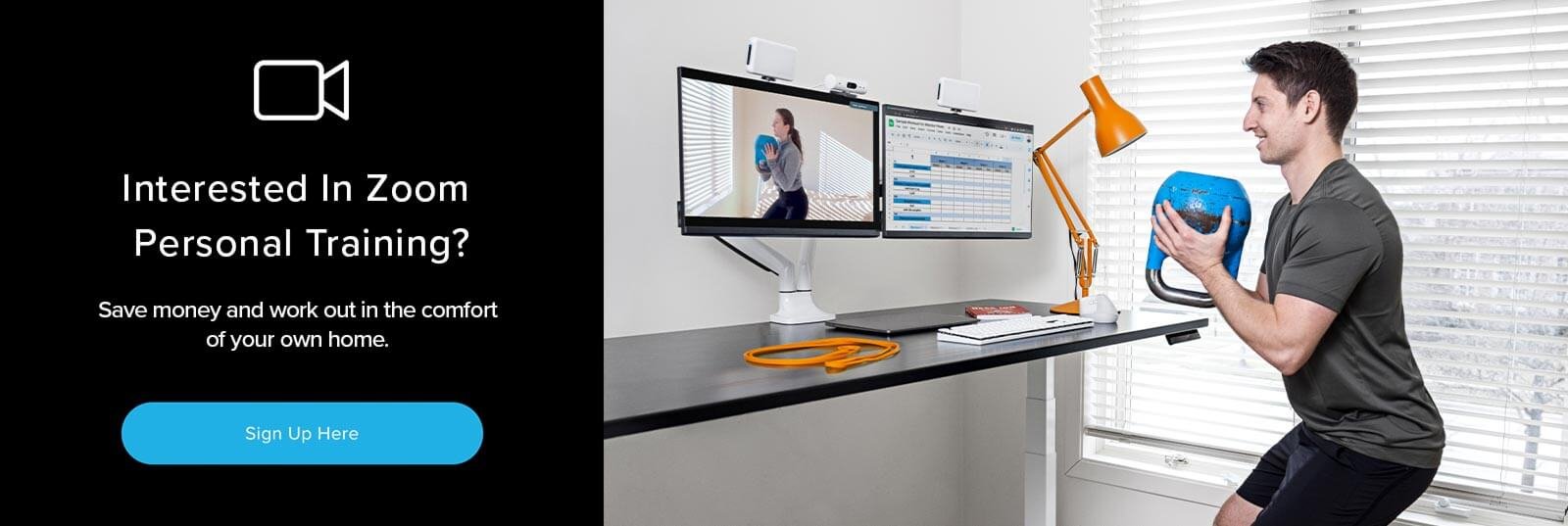How Many Single-Leg Deadlifts Should A Beginner Do To See Results?
If you had to choose one strength exercise to do for the rest of your life, the best choice would be a single-leg deadlift.
Often referred to as a single leg RDL, a tipping bird, or warrior three in some circles, the single-leg deadlift is the biggest bang for your buck exercise.
Why are single-leg deadlifts so good for you?
Deadlifts, in general, are one of the most efficient forms of exercise. They train your entire posterior chain, including your hamstrings, glutes, lower back, and traps, in addition to being a great core exercise.
You can do deadlifts with heavy resistance, which means you can continually progress this exercise until the day you die.
Single-leg deadlifts add two more elements, balance and stability. Controlling heavyweights while balancing on one foot is a great way to strengthen your feet and ankles. I strongly recommend doing single-leg deadlifts barefoot or in barefoot shoes to reap the full rewards of this exercise.
How many single-leg deadlifts per day to see results?
One of the great things about deadlifts is that they are not endurance exercises. All of my cardio junkies might not share my feelings, but you never need to do a set of deadlifts with more than eight reps.
To see results with single-leg deadlifts, perform five sets of five reps on each leg daily. One of the best things about this exercise is that it can be performed daily without risk of injury. However, I’d only recommend loading this exercise every other or every two days.
Doing single-leg deadlifts daily is a great way to perfect your form. As a significant aspect of this exercise is balance and coordination, repetition is key. All of my clients do single-leg deadlifts as either warm-ups or part of their workouts, regardless of whether they are 27 or 77.
Seeing results with single-leg deadlifts is fast, depending on the results you are looking for. To improve balance, it takes a week. To see serious strength gains, it takes a month. To increase power, we need to change the tempo a little bit.
When it comes to my older male clientele, they are almost all golfers. To improve the distance on your drive, the key is power and body control. Training single-leg deadlifts is a great way to achieve both things, especially in conjunction with kettlebell swings.
To make single-leg deadlifts a power exercise, you have to change up the tempo.
When performing a single leg deadlift for power: lower in 5 seconds, pause when you are parallel with the ground, and come up as fast as possible. When you reach the top of the movement, stop your momentum and squeeze your glutes and abs hard. This can be done with or without resistance, and it is an excellent way for any athlete to improve their power and coordination.
How do you progress single-leg deadlifts for a beginner?
Progression with single-leg deadlifts is the same as other weight lifting exercises, progressive overload. Progressive overload is the concept of perpetually increasing the weight as you become more proficient.
Start with no weight, and master the movement. Once you have the movement down, start with light weights and increase by 5% each time you train the movement until it becomes too difficult.
When you can no longer increase the weight, it is time to adjust the volume, the tempo, or supplemental exercises. If you need help with this, I recommend hiring a personal trainer. I know a great one if you are interested in Zoom personal training. Send me an email, and I’d be happy to chat with you.
How do I hold the weight for the single-leg deadlift?
A unique aspect of the single-leg deadlift is that it can be done with any form of resistance, dumbbells, kettlebells, barbells, bands, you name it. This exercise is challenging and can be made even more difficult with tempo changes.
When performing single-leg deadlifts, I recommend holding the weights in both hands, allowing you to lift the most weight and balance the easiest.
If you only have one weight, I recommend loading the opposite side of the leg you are standing on. While this isn’t the easiest arm to hold a single weight in, it does add the most utility.
Having it in the opposite arm from the leg you are standing on makes the exercise more of a core exercise, and who doesn’t want to build a six pack while training their posterior chain?
In addition, having the weight on the opposite side helps you square your hips towards the floor, which is a crucial aspect of single-leg deadlift form.
How do you do a single-leg deadlift?
One leg at a time. I am just kidding. First, you’ll need to learn how to deadlift or hinge on both legs. Once you are proficient at hinging on both legs, here is a quick step-by-step guide to single-leg deadlifts.
Step 1: Stand up straight on one foot
Step 2: Dorsiflex the foot that is floating (toes towards your shin)
Step 3: Bring your heel of the floating foot towards your butt until it is just below your knee height
Step 4: Hinge! Push your butt and leg back until you are nearly parallel with the floor.
Step 5: Pause
Step 6: Return to standing up straight on one foot and squeeze your glutes.
Don’t be discouraged if you don’t get these perfect right away. The single-leg deadlift is such an effective exercise because it is difficult! If the balance is the hardest part for you, do it in front of a couch or a chair, so you can grab ahold of it to steady yourself if you need to. Or start with a smaller range of motion, don’t go all the way to parallel with the floor until you can comfortably do them halfway to parallel.
The single-leg deadlift is not a movement we do in daily life, so this will be a trial by fire no matter what. I hope this article helps you fight that fire.
If you enjoyed this article, you might also like:
Is A Jump Rope Better Than A Peloton?




